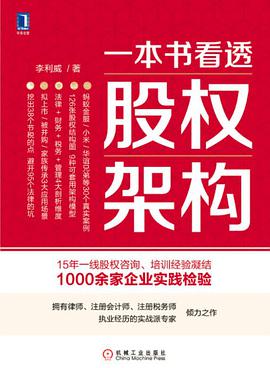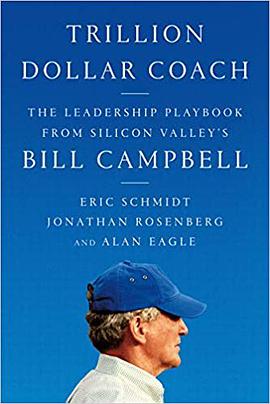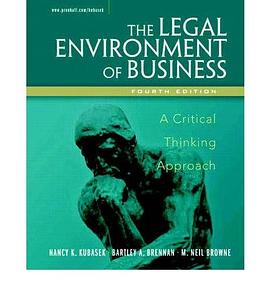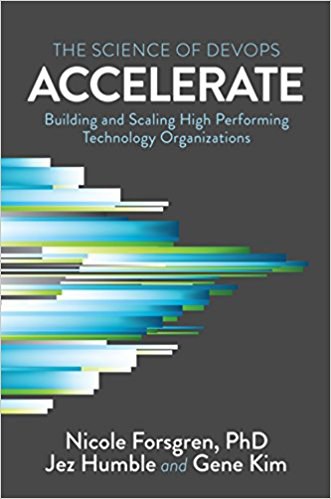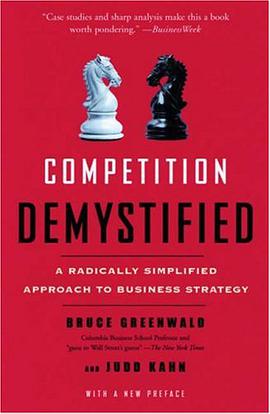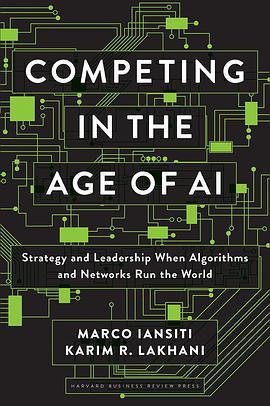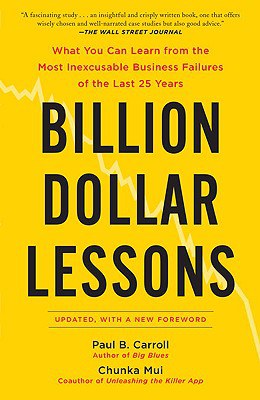In industry after industry, data, analytics, and AI-driven processes are transforming the nature of work. While we often still treat AI as the domain of a specific skill, business function, or sector, we have entered a new era in which AI is challenging the very concept of the firm. AI-centric organizations exhibit a new operating architecture, redefining how they create, capture, share, and deliver value.
Marco Iansiti and Karim R. Lakhani show how reinventing the firm around data, analytics, and AI removes traditional constraints on scale, scope, and learning that have constrained business growth for hundreds of years. From Airbnb to Ant Financial, Microsoft to Amazon, research shows how AI-driven processes are vastly more scalable than traditional processes, drive massive scope increase, enabling companies to straddle industry boundaries, and enable powerful opportunities for learning--to drive ever more accurate, complex, and sophisticated predictions.
When traditional operating constraints are removed, strategy becomes a whole new game, one whose rules and likely outcomes this book will make clear. Iansiti and Lakhani:
Present a framework for rethinking business and operating models
Explain how "collisions" between AI-driven/digital and traditional/analog firms are reshaping competition and altering the structure of our economy
Show how these collisions force traditional companies to change their operating models to drive scale, scope, and learning
Explain the risks involved in operating model transformation and how to overcome them
Describe the new challenges and responsibilities for the leaders of these firms
Packed with examples--including the most powerful and innovative global, AI-driven competitors--and based on research in hundreds of firms across many sectors, this is the essential guide for rethinking how your firm competes and operates in the era of AI.
